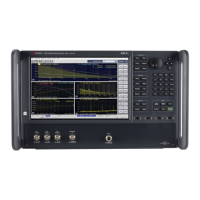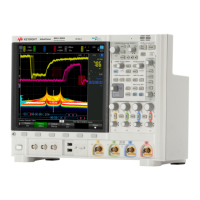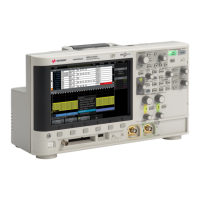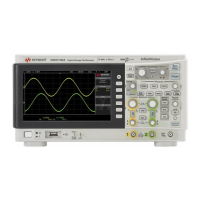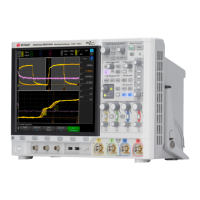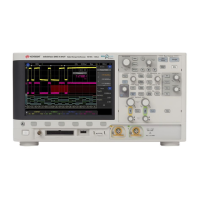98 Keysight EXG and MXG X-Series Signal Generators User’s Guide
Optimizing Performance for All Models
Using Flatness Correction
Using Flatness Correction
User flatness correction allows the digital adjustment of RF output amplitude for up to 1601
sequential linearly or arbitrarily spaced frequency points to compensate for external losses in
cables, switches, or other devices. Using a Keysight N1911A/12A, E4419A/B, or U2000 Series
power meter/sensor to calibrate the measurement system, a table of power level corrections can
automatically be created for frequencies where power level variations or losses occur. Supported
connection types to the power meter/sensor are Sockets LAN, VXI–11 LAN, USB, and GPIB via VXI–
11 LAN using a LAN–GPIB gateway (e.g. E5810A Gateway or equivalent).
If you do not have a Keysight N1911A/12A or E4419A/B power meter, or U2000A/01A/02A/04A
power sensor, or if your power meter does not have a LAN, GPIB, or USB interface, the correction
values can be manually entered into the signal generator.
To allow different correction arrays for different test setups or different frequency ranges, you may
save individual user flatness correction tables to the signal generator’s memory catalog and recall
them on demand.
Follow the steps in the next sections to create and apply user flatness correction to the signal
generator’s RF output (see page 102).
Afterward, follow the steps in “Recalling and Applying a User Flatness Correction Array” on
page 106 to recall a user flatness file from the memory catalog and apply it to the signal
generator’s RF output.
A power meter with GPIB requires using the Connection Type VXI–11
softkey, as well as a LAN–GPIB gateway, to control a power meter. Refer to
the Keysight Connectivity Guide USB/LAN/GPIB Connectivity Guide
(E2094–90009), Keysight X-Series FAQs “How do I connect to the LAN?”,
and to the E5810A User’s Guide or equivalent, LAN/GPIB gateway device.
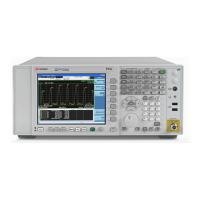
